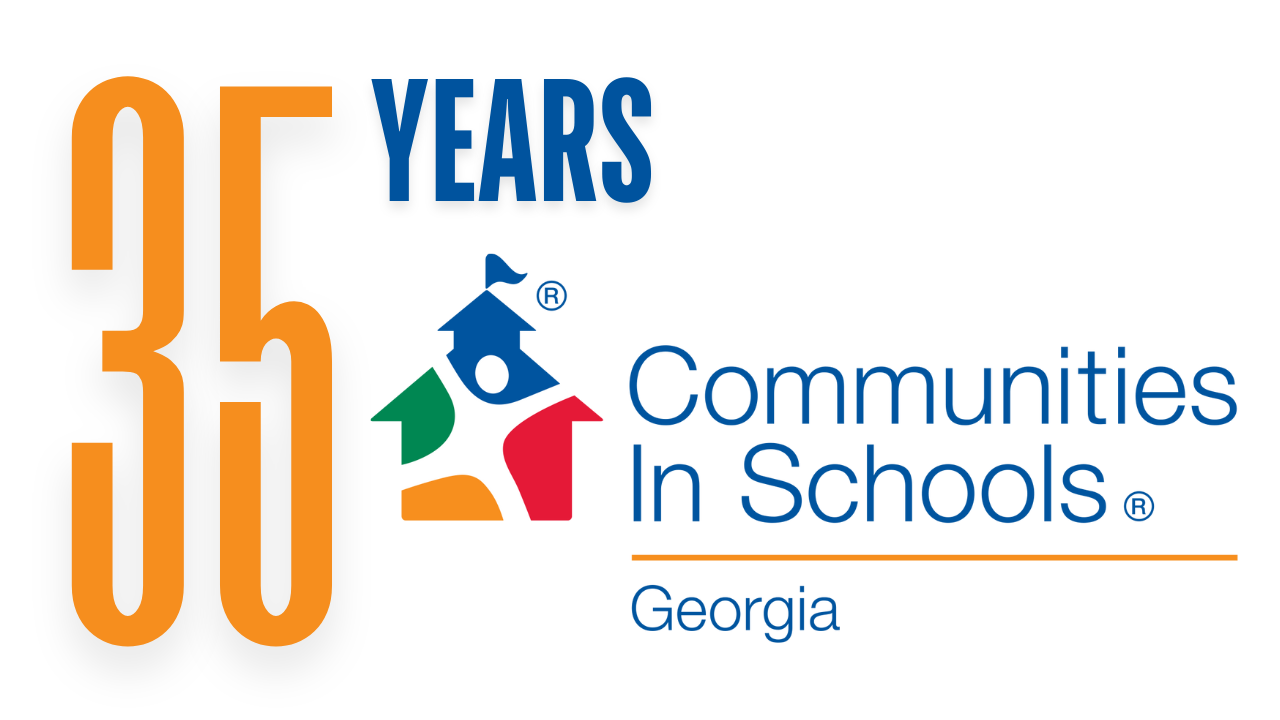 A relatively new concept in education is gaining momentum across party lines throughout the country: Community Schools. The concept is to work with public and private groups to bring Integrated Student Services (ISS) to students at their school site. Research has shown that ISS helps children stay in school and represents a promising approach to improved academic outcomes.
A relatively new concept in education is gaining momentum across party lines throughout the country: Community Schools. The concept is to work with public and private groups to bring Integrated Student Services (ISS) to students at their school site. Research has shown that ISS helps children stay in school and represents a promising approach to improved academic outcomes.
I know I’m not alone in thinking the community schools premise of using community-based agencies to provide ISS is an efficient way to deliver services and something we should explore to help boost student outcomes in our the state’s lowest performing schools. After all, You may not be aware that my organization, Communities In Schools, is the largest coordinator of such services. Our school-based site coordinators are trained to connect and deliver resources and services to needy children and their families. In 2014, Child Trends, a national research nonprofit, released an ISS report and affirmed the effectiveness and cost-efficiency of ISS models like CIS in improving student outcomes. Our strategies focus on removing academic and non-academic challenges such as hunger, anger and lack of parental engagement, proper attire, health and dental care, to name a few.
And it’s already working. The concept is already showing potential. Michigan’s Republican governor expanded a program that places social workers inside schools and New York City’s democratic mayor provided a grant to set up community schools. Cincinnati is also often looked at as a model because a majority of their schools utilize the community schools concept, and bi-partisan congressional support resulted in a Community Schools bill introduced in the House last year. Recently, Senate Minority Leader Steve Henson from the Georgia legislature introduced the Community School District plan in response to Governor Deal’s Opportunity School District proposal.
I don’t want you to be confused, though, about Community Schools and Communities In Schools. We go about our work differently. According to the Coalition for Community Schools’ website, Community Schools become centers of the community and are open to everyone. They use public schools as hubs. Communities In Schools does not change the structure or function of the traditional school setting. We just enhance it by bringing in services that support the schools’ current improvement plans and needs of student.
I’m encouraged by what I have read and heard so far because it sounds like the Governor wants to learn more about the democrats Community School District proposal. Perhaps a combined strategy from both the governor and democrat’s proposal is what we need to increase academic achievement and better prepare our students for the global marketplace. At the very least, I hope it will start a pragmatic conversation about why large concentration of youth from low-income households struggle more academically than their peers and are more likely to drop out of high school.
